
Wes Anderson is a renowned film director known for his distinctive visual style and quirky storytelling. Anderson’s films are often praised for their meticulous attention to detail and unique use of color, set design, and architecture. In his movies, Anderson frequently uses architecture as a key element in setting the tone and mood of the film. His use of symmetrical compositions, pastel colors, and vintage details creates a distinctive retro aesthetic that is instantly recognizable.
Anderson’s films often feature unique and imaginative architectural spaces. These spaces often become central characters in the film, conveying a sense of nostalgia, whimsy, and wonder. Wes Anderson is also recognized as a director-architect for his use of architectural representations. This article aims to take you to some of his designed spaces in the movies The Royal Tenenbaums, The Darjeeling Limited, The Grand Budapest Hotel, and The French Dispatch.
The Royal Tenenbaums (2001)
Wes Anderson is known for his meticulous detail works for both exterior and interior designs of the places for his movies. It is said that he is primarily a decorator and then a director. The Royal Tenenbaums movie is about the story of an eccentric family. According to Anderson, “The house says it all about the family history. Because we did not have much time for rehearsals with actors, I wanted the house to provide them with the information they needed to bring to life the characters made of flesh and blood.”
Before the exact plot was determined, the director searched throughout New York City for the perfect house, unlike most directors. Eventually, he chose a time-worn residence located in the historic part of Harlem. With the help of his brother, who is a cartoonist, he created sketches of each room with interior design ideas. Then, he spent six months working with decorators David and Sandy Wasco to arrange the Tenenbaum family’s living space.
The colonial style with exoticism can be seen in Tenenbaum’s elegant mansion. Almost every floor has antique Turkish rugs; with Anderson’s interest in eclecticism, they sometimes overlap, and the house is designed with exotic element combinations. Wes Anderson’s signature move in every movie is the use of vintage elements from the ’50s and ’60s. So, viewers can notice things like an old-school radio, a vintage book cover, or a pastel-colored vinyl player in almost every scene of The Royal Tenenbaums.
The Darjeeling Limited (2007)
The Darjeeling Limited movie is about three brothers taking a train journey across India after their father’s death. The luxury train guides three brothers on a spiritual journey where they hope that it will provide healing, self-discovery, and enlightenment.
As in The Royal Tenenbaums, Wes Anderson insisted on shooting in a real location, India, rather than a set-up. He insisted on filming the interior shots of The Darjeeling Limited inside an authentic Indian train that he had renovated to meet his specifications instead of using a studio set. This decision presented difficulties as Indian Railways were initially resistant to cooperating with the determined American director.
The borrowed train design by Mark Friedberg in collaboration with Anderson. The Interior of the train was fully refitted with a sense of Indian culture. The eclectic design characteristics of Anderson’s can be seen in this movie too, with clashing patterns and colors. The color palette is one of the most significant decisions of this movie, the primary use of orange and blue in a yellow summer day was distinctive.
The Grand Budapest Hotel (2014)
The Grand Budapest Hotel is probably the most known work of Wes Anderson. The movie is remarkable with place, memory, and how the values of a lost era can live on through architecture. The movie is influenced by the works of Stefan Zweig, particularly his nostalgic portrayal of Vienna in the early 1900s. It progresses through a series of interwoven stories, with the primary plot taking place in the 1930s in a made-up Central European nation called Zubrowka that is on the brink of war. Anderson deliberately avoids explicitly mentioning the conflict as World War II and instead chooses to allude to it indirectly, similar to his approach with New York City in The Royal Tenenbaums.
This grand hotel with pink and cream colors, reached by funicular on the top of the mountain, has been in the memory of many of us. The hotel’s exterior scenes were shot using a small-scale model, and the filmmakers didn’t attempt to hide this fact. Additionally, several interior shots of the hotel, including the impressive lobby, were filmed inside the Görlitz Department Store, an opulent Art Nouveau building constructed in 1929 that was empty at the time of filming.
Although the majority of the film portrays Grand Budapest during its heyday before the war, a few scenes are set in the 1960s, where the decor has become lackluster and the exterior is now coated in raw concrete. The charm and fancifulness of the hotel have vanished, as modern preferences have shifted towards the functional and implicit collectivist values of the new government.
Wes Anderson believes that the essence of space is captured when it concretizes the individual’s desires, values, and longings. This can be seen in the personalized bedrooms of the Tenenbaum siblings and in the enchanting extravagance of the Darjeeling Limited, a transportation vehicle that symbolizes adventure. The Grand Budapest Hotel is a significant example of this concept, representing a past era that is more elegant and benevolent than the present. (Pat Finn)
The French Dispatch (2021)
The French Dispatch’s set is in the fictional French city of Ennui-sur-Blasé in the 20th century. The film tells the story of a group of journalists working for a weekly newspaper called “The French Dispatch”. As with Anderson’s other films, architecture and interior design play a significant role in creating the film’s unique aesthetic.
Anderson always paid enormous attention to the spatial details of the movie. His designs of sets have a signature look that can be recognized from the very beginning. From a family house to a boat, a train to a grand mansion, he has designed various sets for his movies. The French Dispatch set was the largest of them all, this time he set up a city. In The French Dispatch, Anderson collaborated with production designer Adam Stockhausen to create a distinct visual style that reflects the film’s themes and setting. The film’s architecture and interior design feature a blend of French-style elements.
One of the key locations in the film is the headquarters building. The building features a grand entrance, a sweeping staircase, and an expansive newsroom filled with typewriters, papers, and bustling journalists. Throughout the film, Anderson also showcases a range of quirky and idiosyncratic interiors with a mix of vintage and contemporary furniture, bold patterns, and unexpected color combinations. The team has shopped from actual flea markets and antique stores in France to create the vintage vibe of Anderson’s signature.
“I have a way of filming things and staging them and designing sets. There were times when I thought I should change my approach, but in fact, this is what I like to do. It’s sort of like my handwriting as a movie director. And somewhere along the way, I think I’ve made the decision: I’m going to write in my own handwriting. That’s just sort of my way.”
Wes Anderson
Bonus Info
Symmetry in designs is a very common approach. Wes Anderson as a designer and a director also uses symmetry in his shoots. In Kogonada’s video, Wes Anderson // Centered shows the compilation of his perfectly centered scene with his masterful use of symmetry.




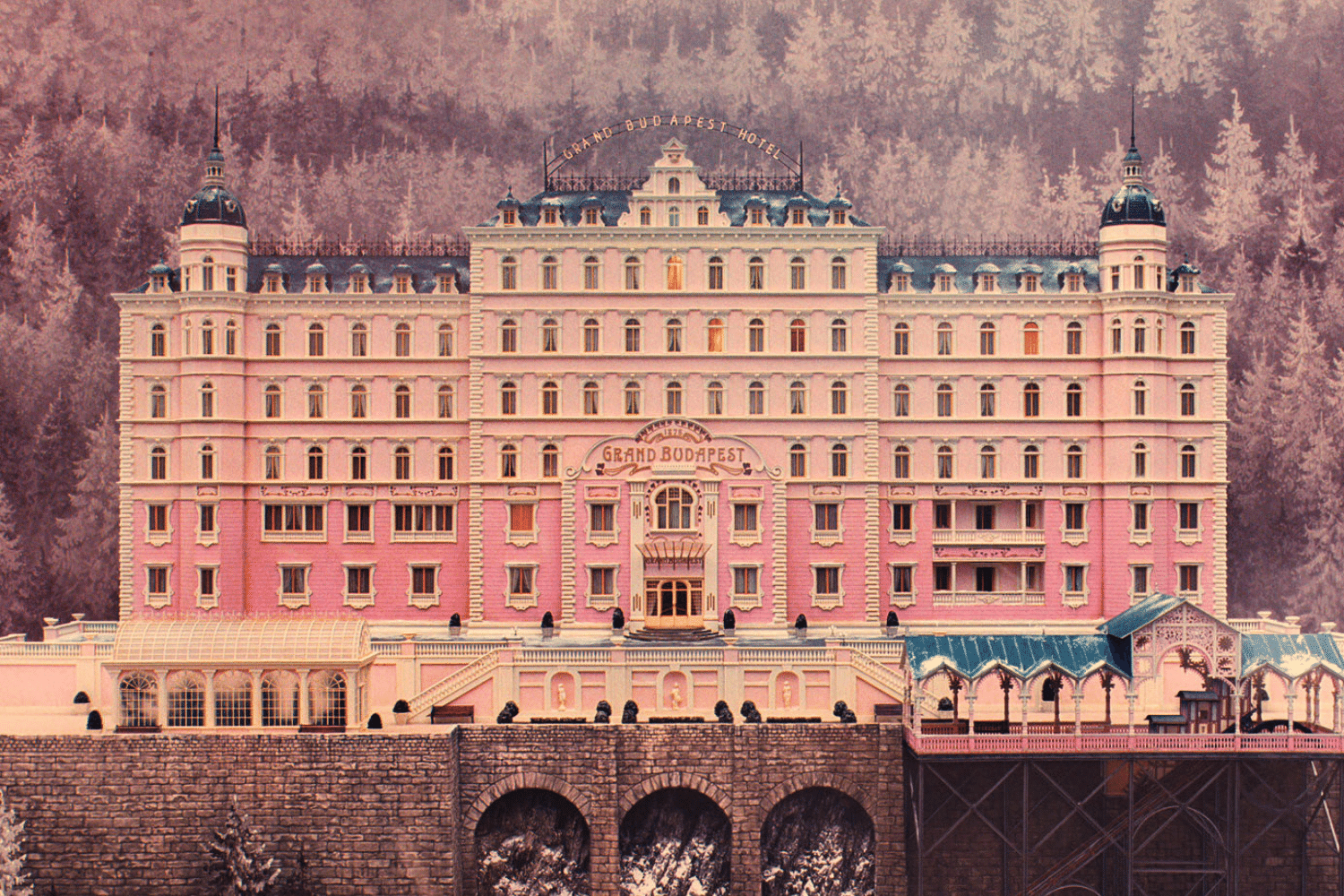
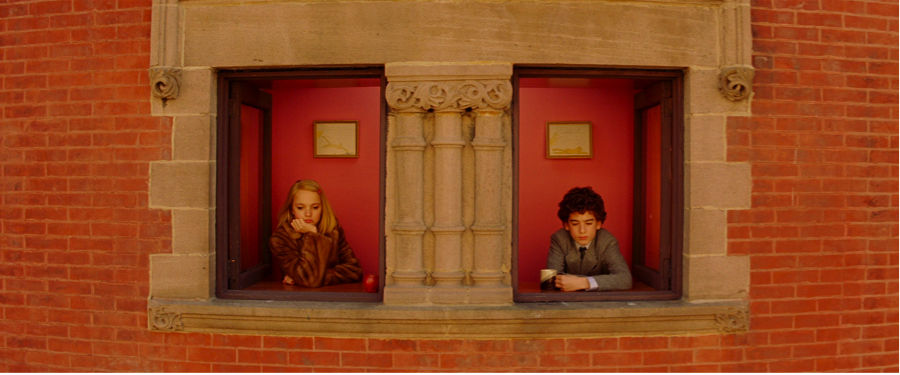
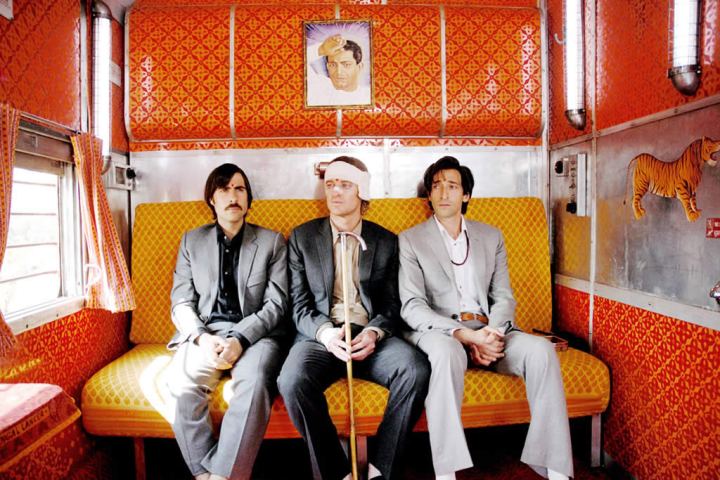
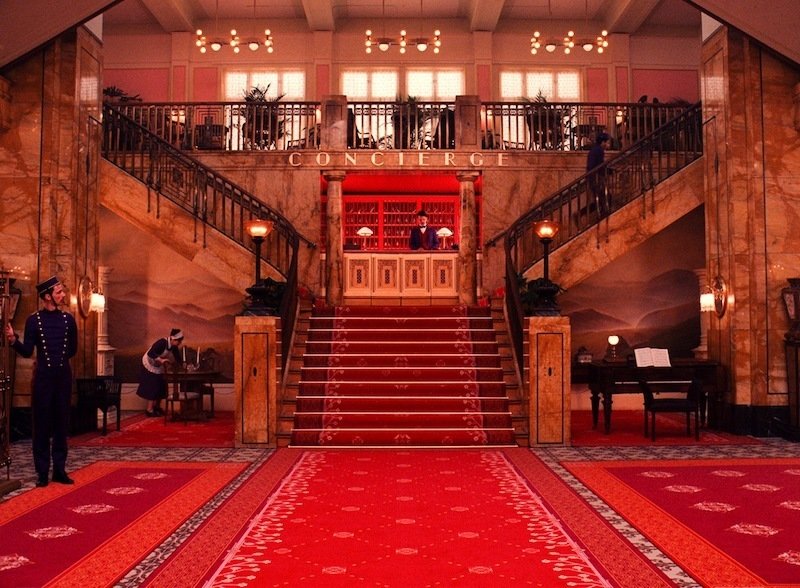
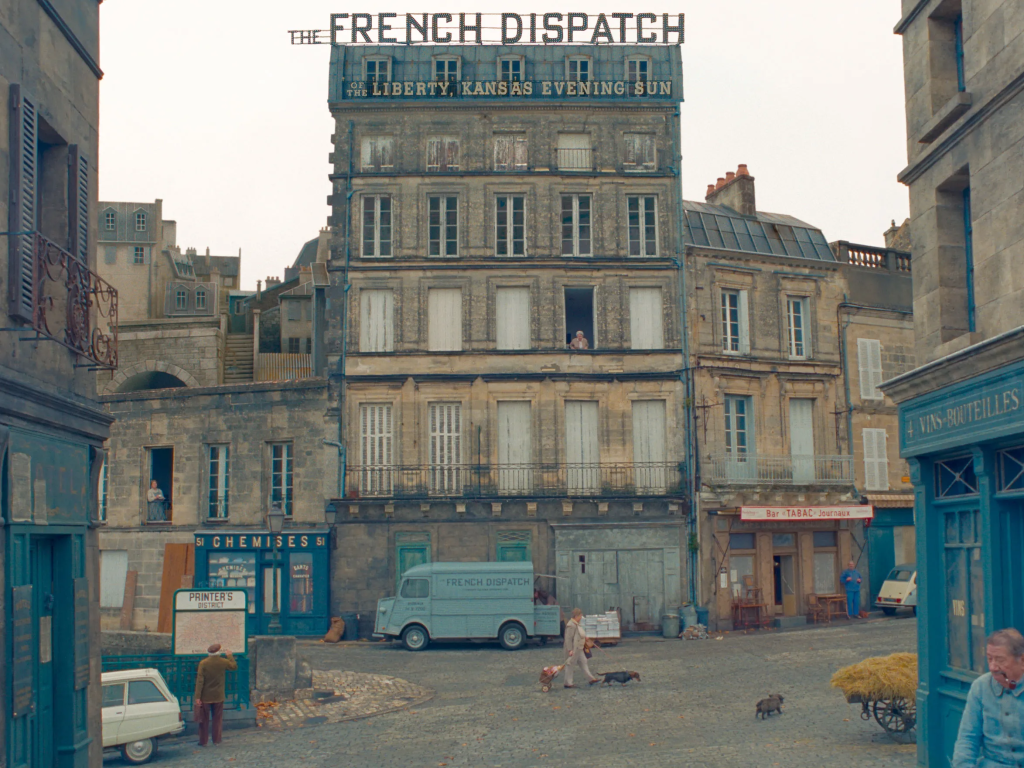
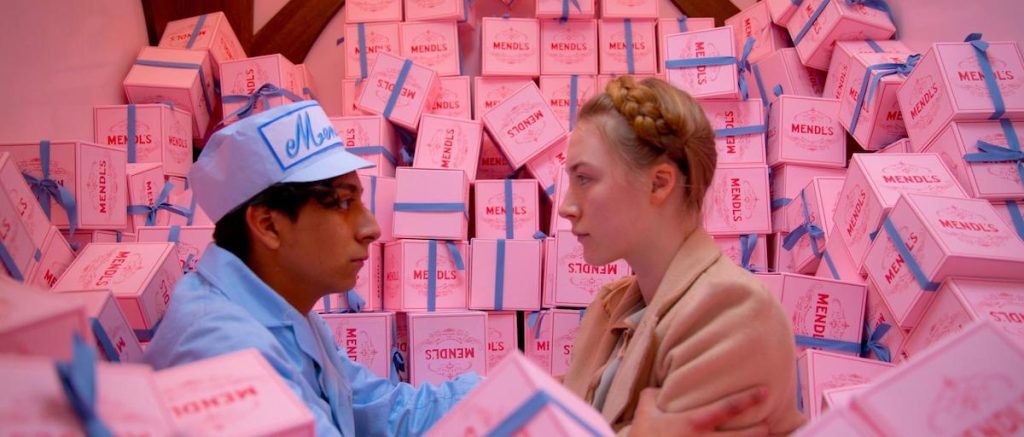

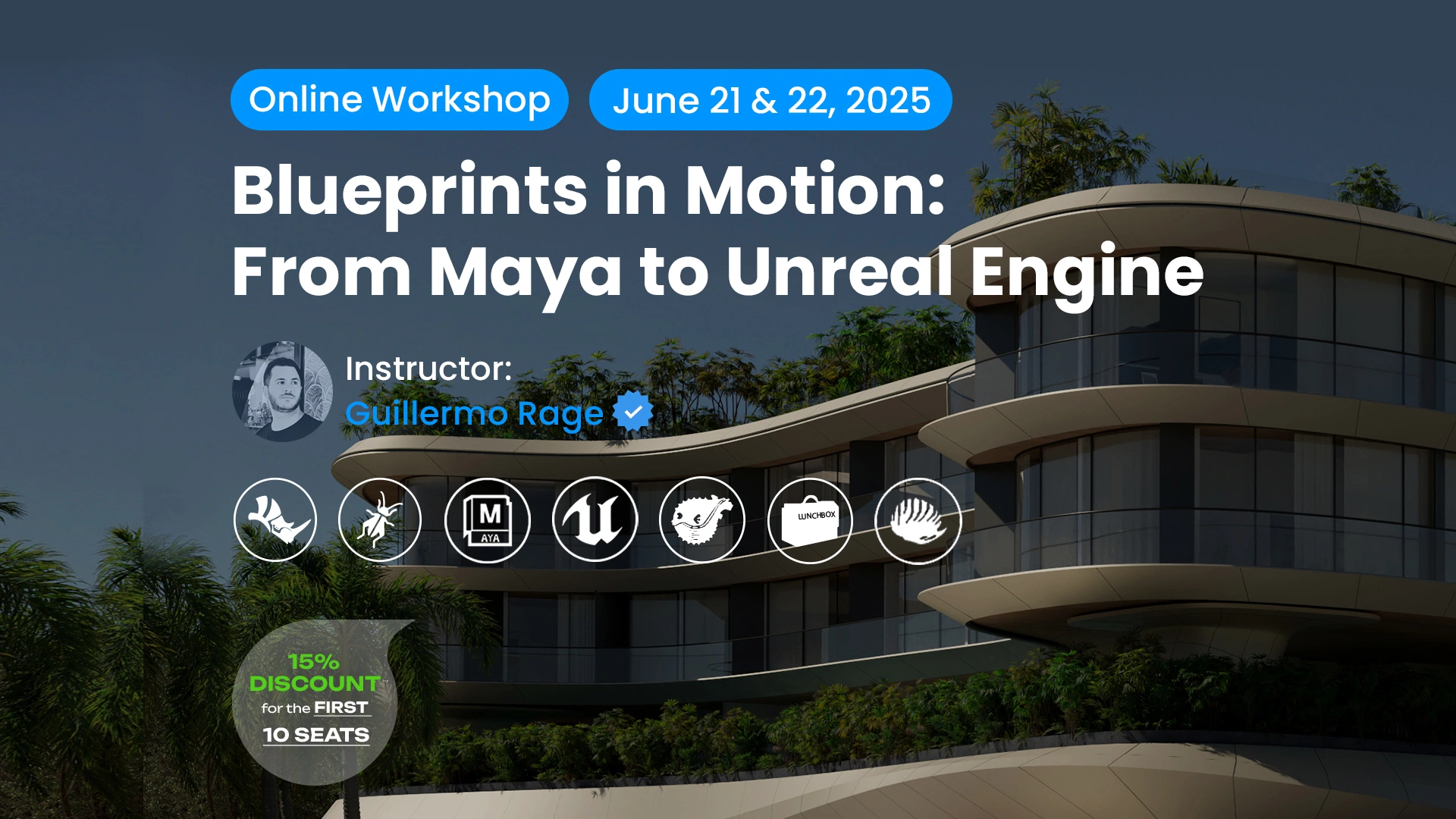











Leave a comment